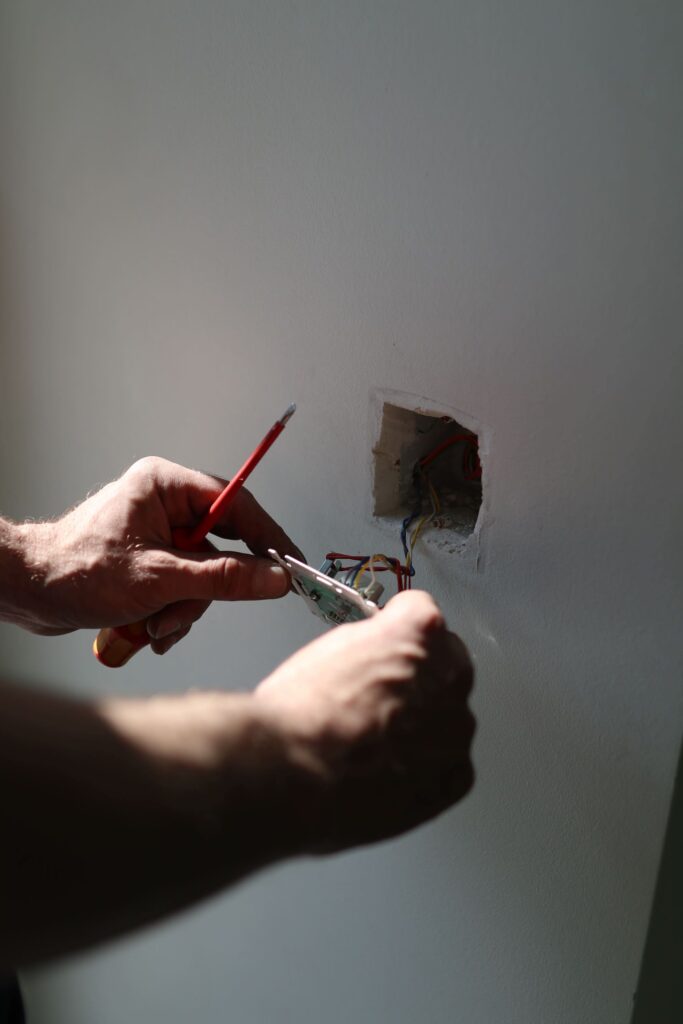The grounded power outlet makes the electrical socket safe, particularly if it has been incorrectly installed. Faulty installation results in a lack of insulation, and therefore the risk of electrocution is much greater. In other words, it neutralises the electrical field, particularly from the metal structures in your home. For example, there is a lot of current flowing through household appliances, heating systems, lights, computer chargers, etc. The grounded strip will therefore protect you. But how do you properly ground a power outlet? CD Engineering, expert in electrical work, explains the essential points you need to know on the subject.
If you’re wondering how to properly ground a power outlet when building your home, we’ll explain. First of all, to make it easier for you to understand, grounding is the process of connecting an electrical installation to earth. This step is compulsory if you want to comply with the Belgian electrical standard.
So, to properly ground a power outlet, you need to have a few things at hand. The equipment you’ll need includes earth wires, an earth socket, sheaths, an isolating strip and an earth distributor, which you’ll find in the electrical panel. If it’s not already installed, you’ll also need an earth rod, a trench conductor or a down-the-hole loop.

Once you’ve got everything you need, you can get started. Once your grounded power outlet is in place, here are a few steps to follow to connect it properly. Firstly, once you’ve installed the earth connection, fit the isolating strip. You’ll also need to connect it to the earthing terminal afterwards. To do this, use the main protective conductor. Before the last step, connect the circuits to the earthing terminal and finish by connecting the earth wire.
If you find this difficult, you better call in a qualified electrician to take care of your electrical installation.
If you’ve just installed an earth spike and you’re not sure whether the connection has been made correctly, there’s a fairly simple way to check. All you have to do is dismantle the socket you want to check and look to see if the yellow-green wires are connected. If these wires are missing, you don’t have an earth connection. You can also measure the voltage using a multimeter or voltmeter.
You should be aware that on older electrical installations, this socket may not exist. To comply with standards, you need to rectify this quickly and call in a qualified electrician. This compliance will ensure the safety of you and your home. Don’t wait any longer to contact us and ask for a quote!
How useful was this post?
Click on a star to rate it!
Average rating 0 / 5. Vote count: 0
No votes so far! Be the first to rate this post.
Last posts:
Contact us
Bruxelles
Place du champs de Mars, 5
1050 Ixelles
Linkebeek
Chaussée d'Alsemberg, 95
1630 Linkebeek